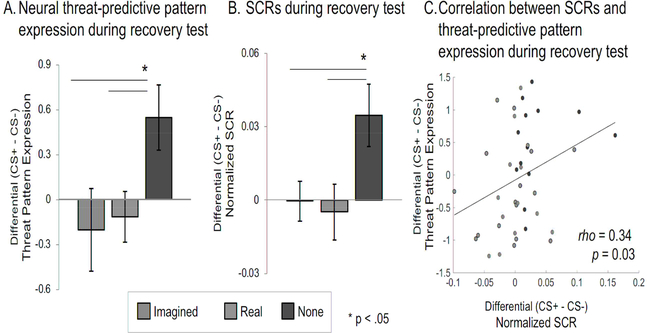Figure 3. Imagined Extinction Reduces Neural and Physiological Threat Expression.
A. Neural Threat-Predictive Pattern Expression during the Recovery Test. The threat-predictive pattern was applied to brain activity during the late re-extinction recovery test. Only the no extinction group (‘none’, N=24) demonstrated threat recovery during late re-extinction, indicated by a comparison of average threat-predictive pattern expression values between groups. This may indicate that both imagined (N=20) and real (N=22) extinction successfully generated an extinction memory. Data are represented as mean ± SEM. B. SCRs during the Recovery Test. Physiological findings, indicated by SCR, complimented the neural findings. Relative to no extinction (N=13), imagined (N=12) and real extinction (N=17) showed a reduction in threat-related physiological arousal during the recovery test. Data are represented as mean ± SEM. Participants (N=24) who did not demonstrate a discriminatory SCR during acquisition, defined as greater SCR to the CS+ relative to the CS− during either the first or last half of threat-acquisition on average, were excluded from SCR analysis because we were unable to determine if their SCR were representative of threat-related arousal. C. Correlation between SCRs and Threat-Predictive Pattern Expression during the Recovery Test. SCRs were positively correlated with expression of the threat-predictive pattern (rho = 0.34, p = 0.03), indicating a link between the neural and physiological expressions of threat.

